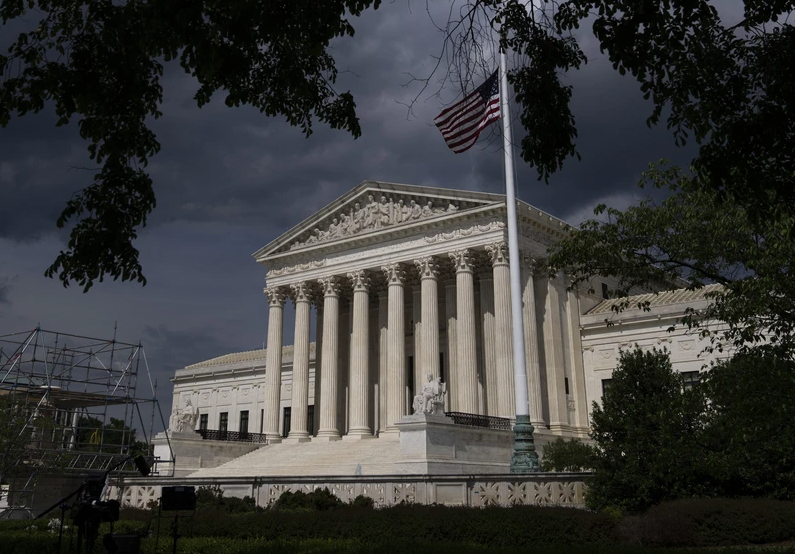
It’s not clear where historians will ultimately draw the line, but one could make a good case that the looming Dobbs v. Jackson Women’s Health decision marks the end of a Democratic century. The moral arc of the universe may have seemed like it was bending toward a liberal vision of the social world, but in fact much of that vision — including the New Deal and the Warren Court — was something of an historical anomaly, created by chance.
The judicial branch is a lagging indicator of party power, with lifetime-appointed jurists remaining powerful long after the president who nominated them has left office. Much of what’s happened within the judiciary over the past century has been an echo of a period of electoral dominance by the Democrats.
That period arguably began in October 1929, when the stock market crashed and the economy tumbled into a brutal, decade-long Depression while a Republican was in the White House. Up until that point, Republicans had been enjoying decades of national dominance in the wake of the Civil War.
The Great Depression lived up to its name. In the election year of 1932 alone, the U.S. economy lost a quarter of its value. Unsurprisingly, Democrats, under the banner of Franklin Roosevelt, won big that year. Roosevelt took 42 of 48 states, and Democrats picked up nearly 100 seats in the House and 12 in the Senate. An economic rally in 1936 helped produce another big win for Democrats that year. Further economic progress and fears of war garnered a third win for Roosevelt in 1940, and satisfaction with the war’s progress brought a fourth in 1944. Harry Truman’s come-from-behind victory in 1948 secured five consecutive terms — 20 years — of Democratic control of the White House, and Democrats held the Congress for 18 of those.










